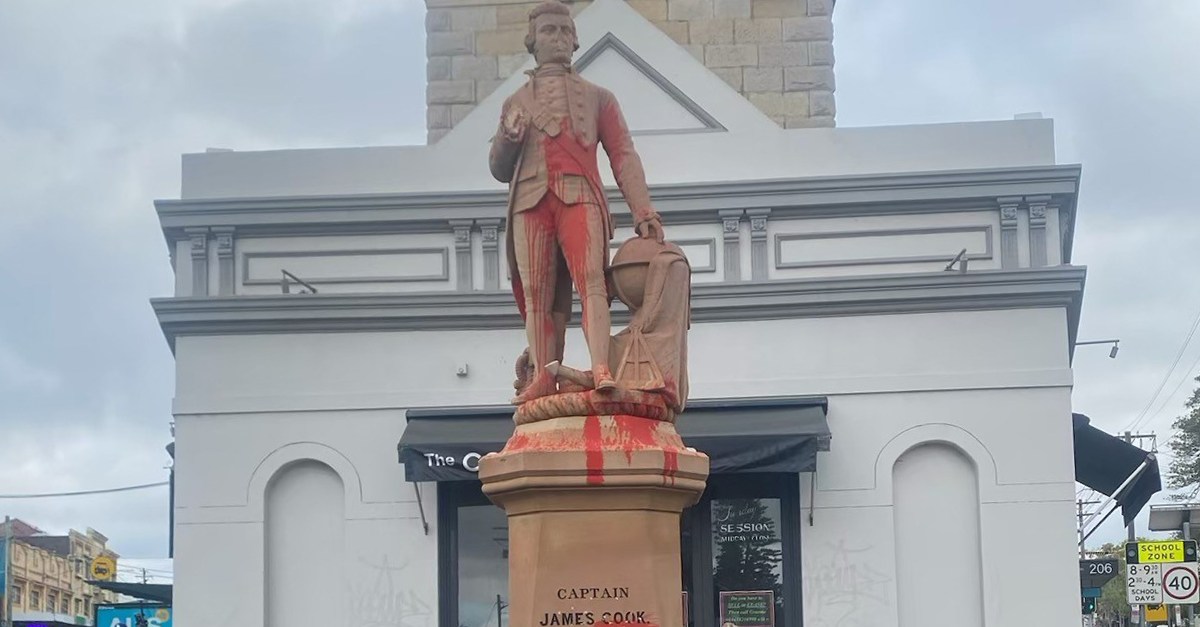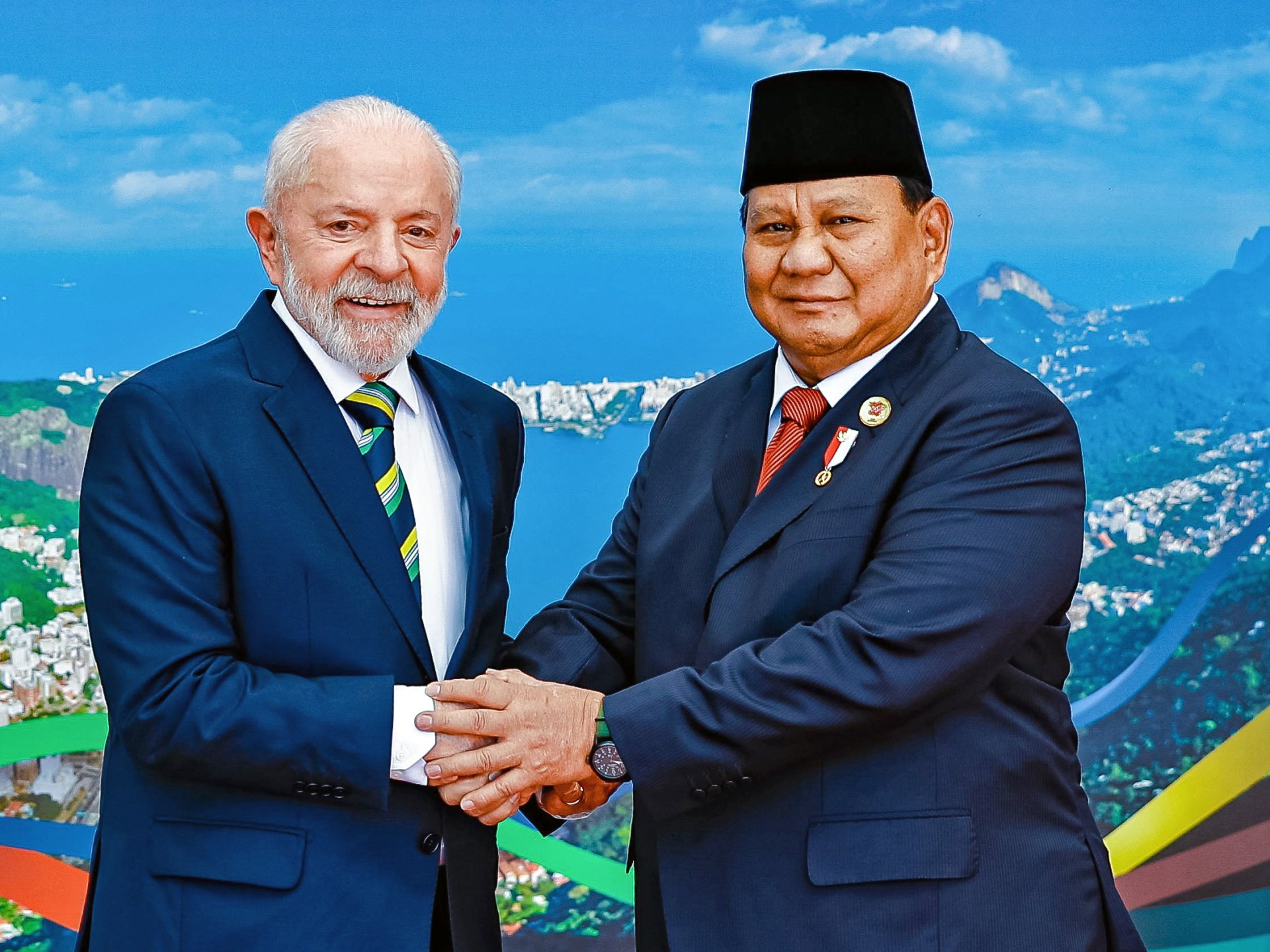Captain Cook statue vandalised again before controversial ‘Australia Day’
 24 January 2025
24 January 2025


A statue of Captain James Cook in Sydney’s eastern suburbs has been splashed with red paint and its hand removed days before Australians celebrate their controversial “Australia Day” on Sunday.
New South Wales police said it received reports of a vandalised statue in Sydney’s Eastern Beaches at Randwick on Friday morning and that officers had seized “a number of items” at the scene.
list 1 of 4
Australia’s Indigenous ‘Voice’ referendum: What you need to know
list 2 of 4
Thousands march in Australia for Indigenous recognition
list 3 of 4
The Indigenous people killed by police in Australia
list 4 of 4
Early voting begins in Australia’s Indigenous Voice referendum
end of list
The statute has recently undergone restoration work after a similar incident in February last year.
Cook arrived in Sydney Cove in 1770 where he and his crew landed at Botany Bay, opening up the continent now known as Australia to colonisation by the British Crown.
Nine years later, he was killed by Indigenous people during an attempt to kidnap a Hawaiian chief.
As a historical figure, he is often associated with Australia Day, held on January 26, to commemorate the arrival of the First Fleet in Australia in 1788.
The public holiday is typically met with large protests from Indigenous groups and their supporters across Australian cities who refer to the holiday as “Invasion Day” or “Survival Day” as it marks the start of violent European colonisation of the continent.
Advertisement
Indigenous people and their supporters argue that it marks a moment of grief, loss and shame for the descendants of European colonists, or alternatively, the survival of First Nations peoples.
Prior to the arrival of Europeans, Australia was home to more than 500 different Indigenous groups with multiple languages who were present on the continent for 60,000 years – if not longer.
Such calls have been rejected as “divisive” by conservatives and nationalists, including former Australian Liberal Prime Minister John Howard who rejected what he called the “black armband view” of Australian history in favour of a more positive emphasis on shared struggle, tenacity and overcoming adversity.
Related News

Advocates launch legal push for Argentina, Chile to arrest Israeli soldier

Indonesia joins BRICS group of emerging economies

Haiti displacement surpasses one million people: UN

